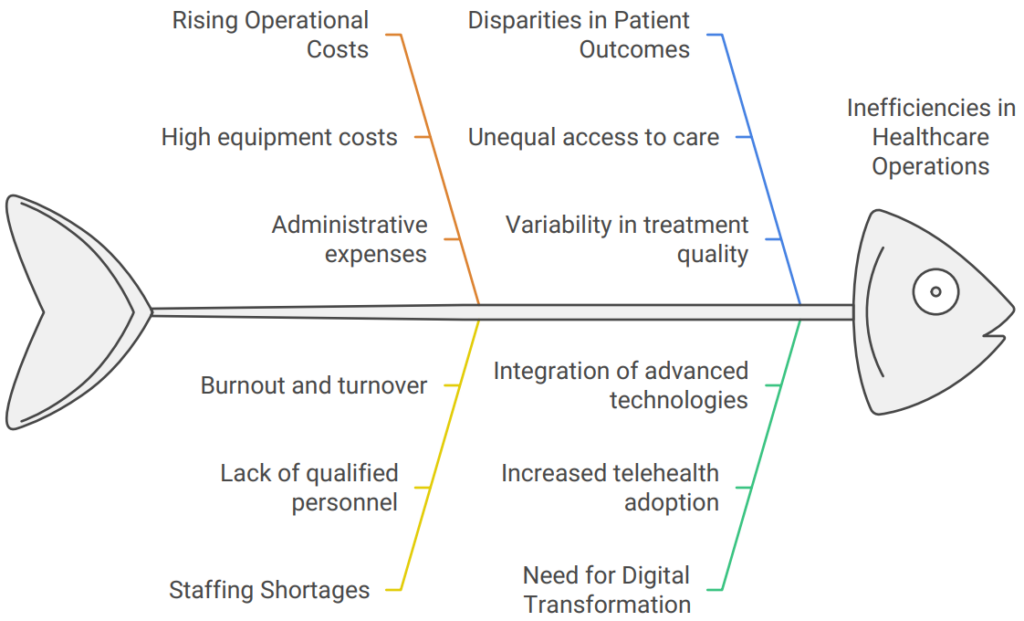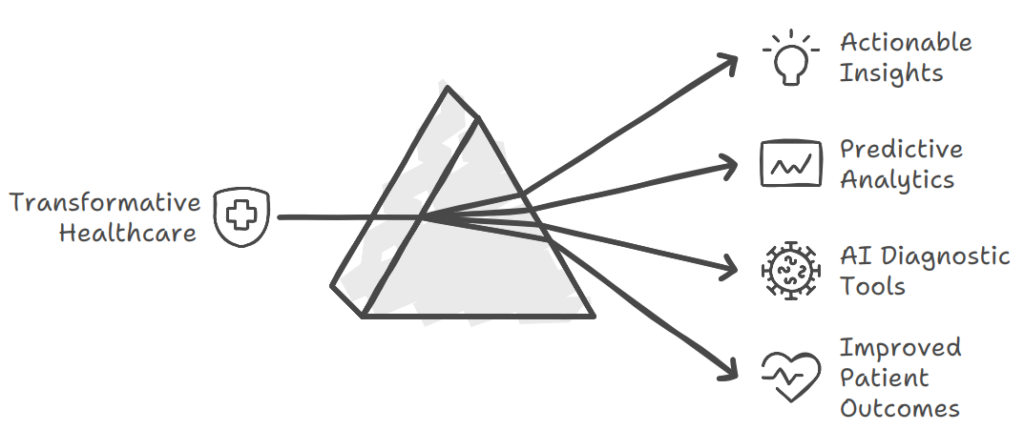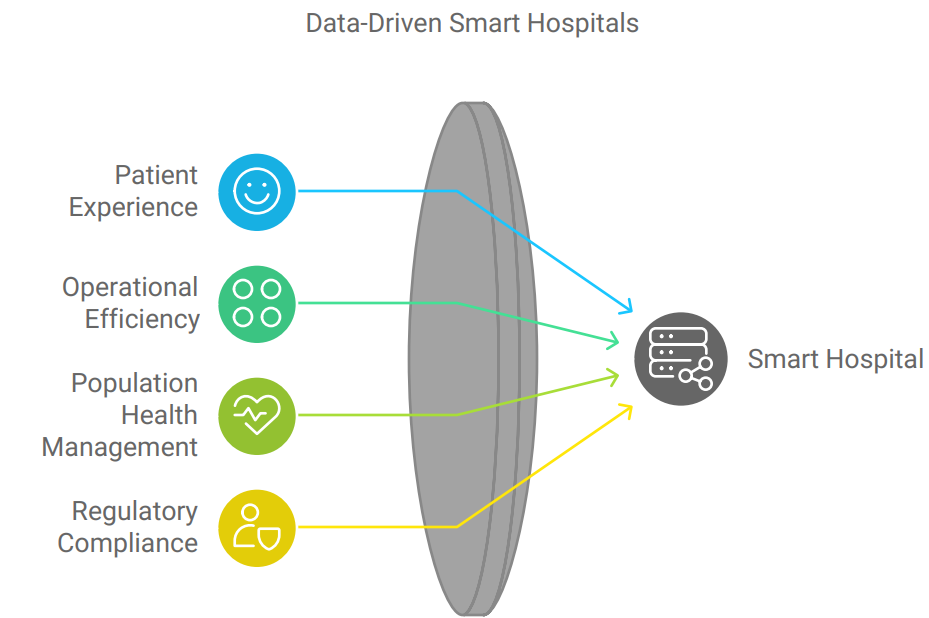Leveraging Data Analytics in Smart Hospitals: A North American Perspective
AI and data analytics are key for smart hospitals to enhance care and efficiency in North America

The North American Healthcare Landscape
North America’s healthcare system is characterized by a mix of public and private providers, advanced technology adoption, and a growing emphasis on value-based care. According to the American Hospital Association’s 2021 report, nearly 70% of hospitals in the U.S. have adopted some form of electronic health record (EHR) system, indicating a readiness to leverage digital technologies. However, despite this progress, challenges persist, including rising operational costs, staffing shortages, and disparities in patient outcomes.
The COVID-19 pandemic has further accelerated the need for digital transformation in healthcare. As noted in a 2021 Deloitte report, telehealth adoption surged by over 154% from the previous year, and hospitals are now seeking to maintain this momentum by integrating advanced technologies into their operations. This shift creates an opportunity for smart hospitals to utilize data analytics to improve patient care and streamline workflows.

The Role of AI and Data Analytics
Artificial intelligence and data analytics can play a transformative role in healthcare by providing actionable insights that drive decision-making. According to a 2022 report from McKinsey, AI applications in healthcare could generate up to $100 billion annually in value, primarily through improved patient outcomes and reduced costs. This potential underscores the importance of integrating AI and data analytics into hospital operations.
For instance, predictive analytics can be used to forecast patient admissions, allowing hospitals to allocate resources more effectively. A study published in Health Affairs in 2021 found that hospitals utilizing predictive analytics reduced patient wait times by up to 30%. Similarly, AI-driven diagnostic tools can enhance the accuracy of medical imaging interpretations, leading to timely interventions and improved patient outcomes.

Addressing Market Needs Through Data Analytics
To meet the unique needs of the North American market, smart hospitals must focus on several key areas:
Improving Patient Experience: Data analytics can help hospitals personalize care by analyzing patient histories and preferences. According to a 2022 survey by Accenture, 63% of patients are willing to share their health data if it leads to a more tailored healthcare experience. This willingness highlights the demand for hospitals to adopt data-driven approaches to enhance patient engagement and satisfaction.
Enhancing Operational Efficiency: The integration of AI and analytics can streamline hospital operations by optimizing staff allocation, reducing waste, and improving supply chain management. A case study published in The Journal of Healthcare Management in 2022 demonstrated that hospitals that implemented AI-driven supply chain analytics reduced costs by 15% while improving inventory turnover.
Facilitating Population Health Management: Data analytics can help identify trends and health disparities within specific populations, enabling hospitals to allocate resources effectively. According to the Centers for Disease Control and Prevention (CDC), nearly 40% of U.S. adults are obese, leading to increased healthcare costs. By leveraging analytics, hospitals can implement targeted interventions to address these public health challenges.
Ensuring Regulatory Compliance and Security: With the increasing volume of health data generated, hospitals must prioritize compliance with regulations such as HIPAA. Advanced analytics can help monitor data access and usage patterns, identifying potential security breaches before they escalate.

Conclusion
The integration of data analytics and AI in smart hospitals is not merely a technological upgrade; it is a paradigm shift that can redefine
